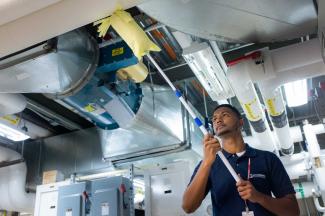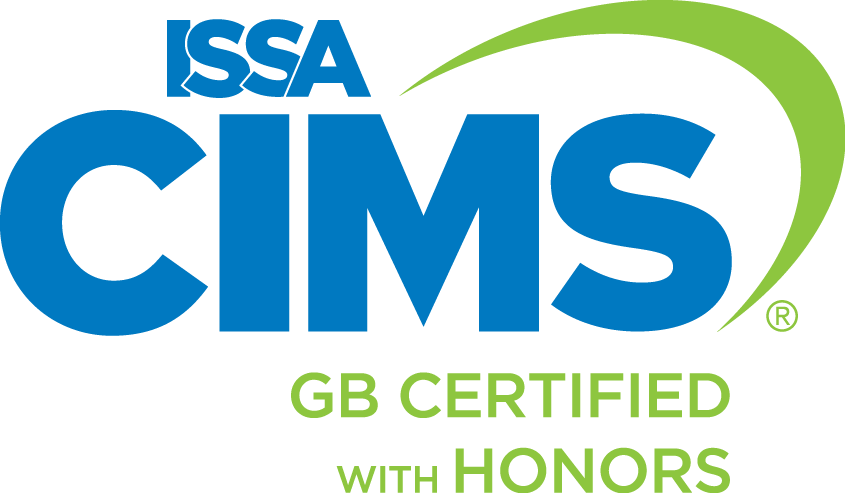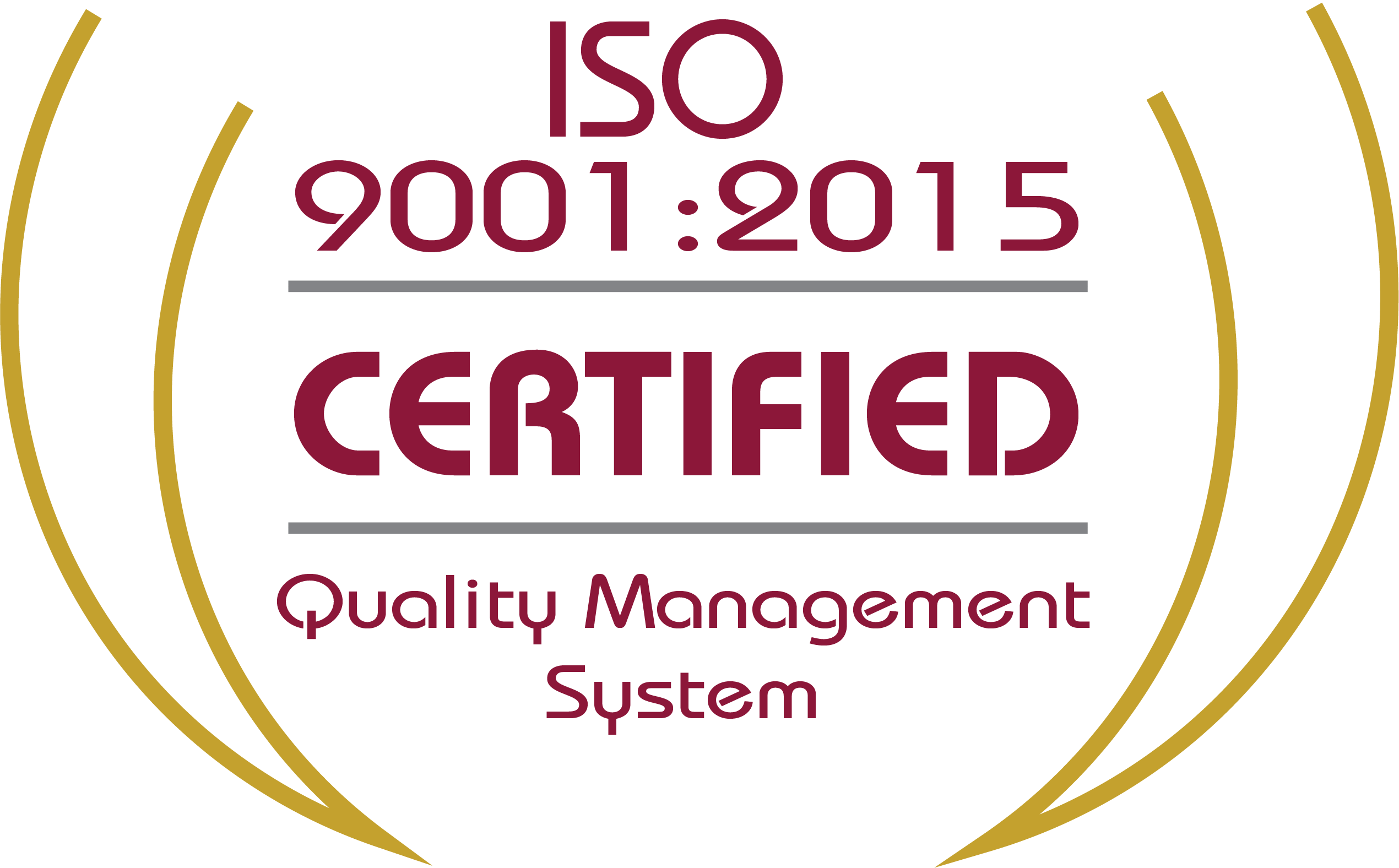High Dusting

The phrase “Out of sight, out of mind” shouldn’t be used when talking about cleaning for health. Many potential risks to health are from things we cannot easily see, including any dust or debris that accumulates near or on the ceiling.
In a previous blog, we discussed dust and dust mites. Not only are they a universal sign of uncleanliness, they also have a negative impact on health. In this blog, we’ll discuss the additional risks that dust in high places pose, as well as how we tackle the issue with high dusting
Dust in High Places
Dust can be made up of many different things: actual dust, crumbs, remnants of smoke particles, pollen, dirt, grease, mold, bacteria, and even virus particles. The exact composition depends on what happens inside of the area, but it’s only a matter of time before nearly everything adds to the dust.
In most cases, gravity will bring these particles to ground level, which is often cleaned on a regular basis. But because these particles are so small and so light, they are able to rise and float through the air. Some of them end up in hard-to-see, hard-to-reach areas: air vents, light fixtures, even ceiling tiles, just to name a few. And because these areas are out of reach, they aren’t cleaned as regularly as ground-level areas. In some instances, they are ignored altogether.
Dust will cause problems in the long run, no matter where it lands and accumulates. Ceiling dust is no different. Dust that accumulates on lights and the top of machinery will prevent them from running at full capacity; lights don’t shine as brightly, heat doesn’t dissipate as easily, and dust can enter machines and cause internal issues. When enough dust accumulates in high places, it can fall in large clumps and become a ground-level contamination problem.
Air quality as a whole suffers from gathering dust. It can be especially bad if dust gathers on fans and air ducts, which can blow and spread the dust to other areas when in use. This lowers the indoor air quality and can trigger asthma symptoms for some people.
Another potential issue is combustible dust, also known as dust explosions. Often found in factories and industrial settings, combustible dust is dust made up of combustible materials. When enough has gathered and is exposed to an ignition source – even if it is just static electricity – it can cause deadly explosions and fires. There have been several instances where dust explosions have taken dozens of lives and caused significant property damage. They are so dangerous and life threatening even today, and OSHA has specific guidelines to prevent them.
High Dusting
High dusting removes dust and other particles from high places without exacerbating potential problems. This includes using equipment and products that not only reach those heights, but also can remove any build up with as little falling to the ground as possible.
Depending on the indoor environment and the conditions, the service can require different things. A ladder and microfiber cloth may work for an office, while a cherry picker and extended rod would be needed for a warehouse. Medical offices and controlled environments often need certain products to sanitize and disinfect overhead air vents due to their strict protocols.
The goal, no matter the location or conditions, remains the same: protecting health and safety. By removing dust and other debris from high up places, we improve the indoor environment. Regular high dusting plays a key role in maintenance and upkeep, and Janitronics is proud to do our part.
Janitronics’ Special Services
Routine special services play a crucial role in cleaning for health. Janitronics can work with you to figure out a schedule that makes sense for your facility. Contact us today.



